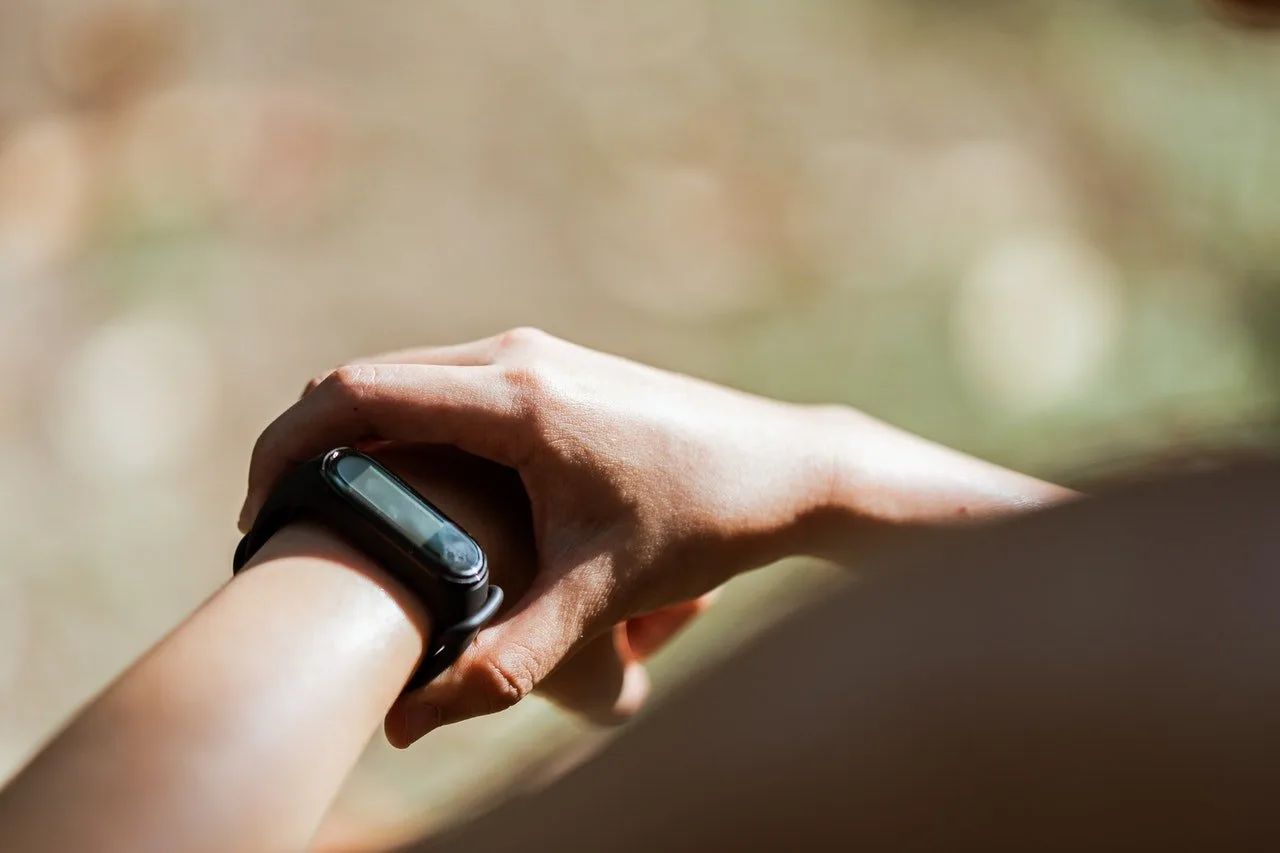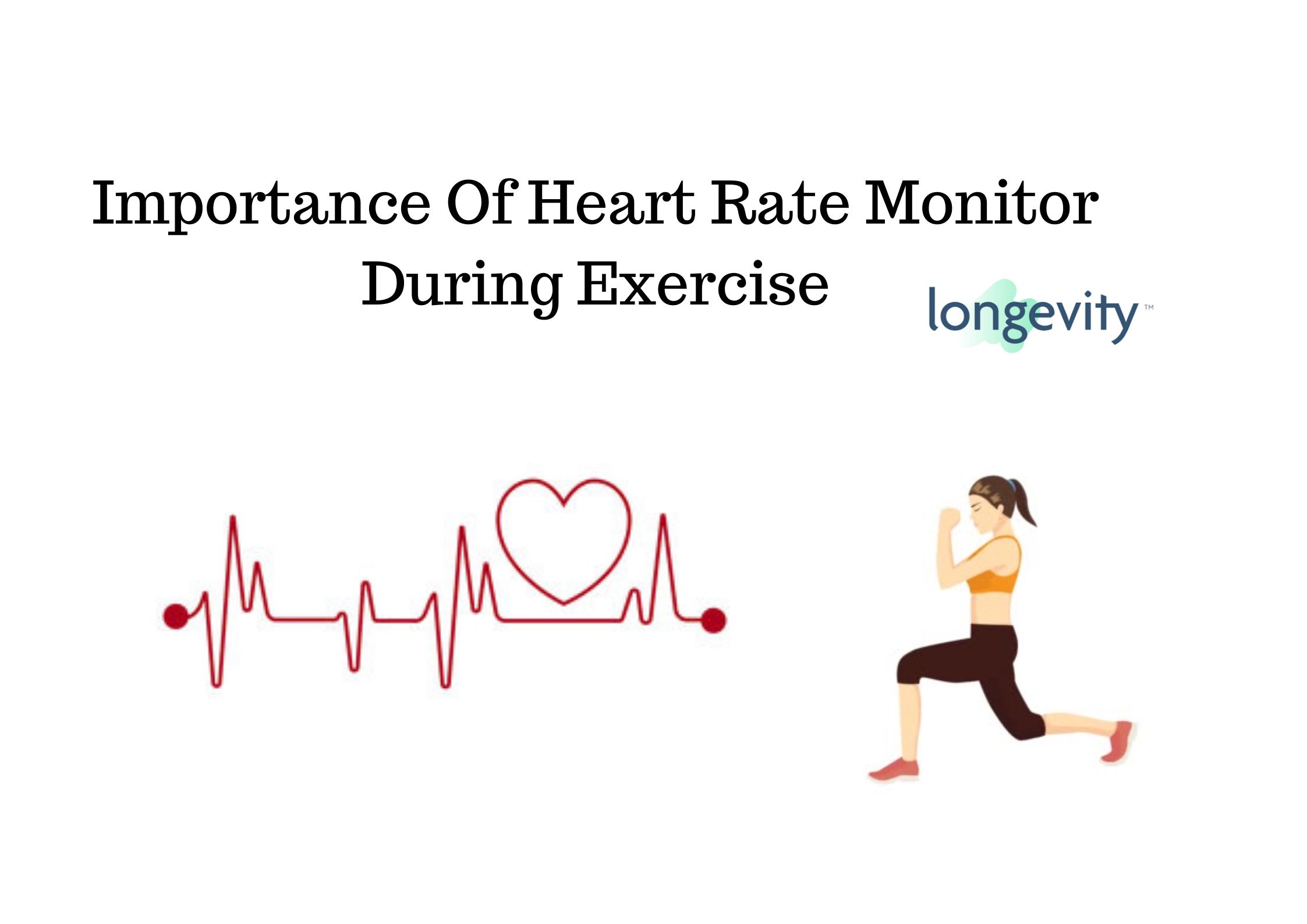While most people know that controlling their heart rate is an important aspect of every exercise, they are unaware of why. If you’re planning on doing a daily fitness routine, it’s a good idea to understand the importance of heart rate monitoring during exercise.
Heart rate monitors. In the fitness world, this is a term that is becoming extremely popular. A word that is becoming increasingly common in the fitness community. Heart rate tracking has long existed, but it is now a common option for all fitness products, making it easy to track regularly.
It becomes more difficult to make time for fitness as you get older. It’s time to make fitness a priority of your life because the benefits to your heart are many and important. In reality, when you try innovative and fun workouts, your heart rate is a parameter that can still be measured.
Importance of Monitoring
Monitoring your heart rate while exercising is crucial to achieving your fitness goals. Especially if those goals are to improve cardiovascular health and lose weight. To get a point of reference, figure out the ideal heart rate zone. This is the zone where you enjoy the most aerobic and fat-burning benefits.
When it comes to working out, timing is crucial. Not just that, but the outcomes themselves are important. We are simply grasping at straws to achieve our goals if we do not first define our target heart rate zone before engaging in cardiovascular exercise.

Photo by Pin Adventure Map on Unsplash
Allow Me To Elaborate
An individual can spend an hour on a recumbent bike while reading a magazine. They can then consider themselves to have had a wonderful workout simply because they did so. The premise, of course, is incorrect.
However, if anyone knows what their ideal heart rate region is and is dedicated to maintaining it, they will spend 20-25 minutes doing aerobic exercise. They will then see much more results than the person who spent an hour.
What is the reason for this? Since the person who kept track of their heart rate (every 5 minutes or so during the workout) made it a point to keep it high.
What is the point?
What is the point of that? Maintaining the heart rate in your “set heart rate range” means that you’re working out at a pace that’ll give you the most value. A person’s heart muscle isn’t completely activated or their fat-burning ability unlocked. This is until they’ve maintained their heart rate in their region for at least 20 minutes.
Anyone who wants to improve their aerobic ability while still losing weight should make sure that this is the case. Not doing so is inefficient and unproductive… In certain ways, it was a waste of time. Monitoring our heart rate during a cardio workout, at least in 5-minute intervals, will not only tell us if we’re working hard enough… It can, however, indicate that one is over-exerting themselves. Both situations have drawbacks, and the latter can be very risky.
Heart Rhythm
It’s quite easy to keep track of the heart rhythm. Most of the cardiovascular machines at the Y have some kind of heart rate gauge, and it is simple to find one that fits one’s own body. There are chest braces, fitness tracking watches, and if anything else fails, a 15-second self-monitor through the carotid artery or wrist; add the count by four to get the true heart rate. A heart rhythm can be easily measured using any of these methods.
If they break a light sweat, they have had a successful aerobic workout. That may be similar to the truth… However, once the heart rate is measured, it is impossible to determine if the exercise time and outcomes are being maximized. Not doing so is equivalent to running a 10K race and expecting to come in first without ever recording your mile split before the event.
One of the most effective ways to track our progress against a particular health and wellness target is to make sure we have and use all the resources at our disposal. Establishing your “target heart rate range” would give you a point of reference and pave the groundwork for your cardiovascular efforts. Furthermore, for those who partake in cross-fit, circuit-style weight exercise, knowing what percentage of full heart rate you’re trying to exert yourself as is beneficial.
What Exactly Is Heart Rate?
Heart rate monitoring is a technique for determining how a certain exercise or workload affects heart rate.

Photo by DESIGNECOLOGIST on Unsplash
It can be measured using a wearable tracker or by sensors on a cardio unit, which generates the heart rate in beats per minute (BPM). Manually measuring the heart rate on your wrist or neck is also possible; just count the number of beats in 15 seconds and calculate by four to get beats per minute prediction. There are five heart rate zones, each of which corresponds to the speed and value of doing work or exercising in that environment.
What Is The Advantage Of Using A Heart Rate Monitor?
Using a heart rate monitor during exercises allows you to watch important things other than how hard the heart is pounding. When you work out, you use energy, and you can figure out the energy supply by measuring the heart rate.
The more your pulse rate rises, the more calories you eat. However, the faster your heart rate, the more calories you use for energy, and your body can’t burn fat quickly enough. Using a heart rate monitor during exercise allows you to tailor your energy intake to adapt your heart rate to the optimal level for fat burning.
Creating the right aerobic fitness regimen requires not just the length of time you exercise, but also the duration of the workout. Monitoring your intensity will enable you to achieve the optimum caloric expenditure and fat and carbohydrate burning. A decent heart rate monitor will assist you in keeping track of the duration of your workouts. Moreover, if you’re a fitness enthusiast who loves to work out on Peloton Bikes, you can consider using a peloton heart rate monitor.
How To Keep An Eye On Your Heart Rate
If an individual has measured their target heart rate area, they will measure their heart rate when running to see if they are within certain ranges.
Counting pulses by hand is the most basic technique for determining heart rhythm. To do so, gently press two fingers together on the opposite wrist before the pulse is felt.
To calculate the number of pulse beats in 60 seconds, multiply the number of pulse beats in 30 seconds by two.
Wearing a wristwatch or chest monitor that detects heartbeat is an easier way to measure heart rhythm during exercise. Many items, such as heart rate monitors and heart rate straps, are available online.

Otherwise, scheduling hours on a treadmill or a personal trainer to get correct heart rate measurements and set targets might be a smart idea.
Closure
Knowing your heart rate after a workout will assist you in determining how a certain exercise or series of workouts affects your heart rate and overall performance. Heart rate tracking is becoming more common in gyms and among daily exercisers. This is because it provides a more precise approach to quantifying a workout. It’s important to know how a certain exercise or sequence of exercises influences your heart rate and total performance. This information will help you correlate how they affect each other.
Using heart rate monitors during a workout will help a trainer or group exercise coach decide whether everyone is ready for the next series of exercises. Because of a person’s health level and other restrictions, the workouts that are suitable for each individual vary greatly. Heart rate tracking during exercise gives you instant insight into how hard you’re working. It advises whether you can increase or decrease your movement for a healthy and productive workout.
It’s important to comfortably lower your heart rate after you’ve exercised. Instead of providing an arbitrary turnaround period, we should monitor a client’s heart rate during exercise and see if their heart is healing. We suggest gently walking or doing some exercise to comfortably lower your heart rate. To allow the heart to heal properly, it’s a safe idea to keep going slowly.
Who Is The Author?

Camelia Gomes



![women [longevity live]](https://longevitylive.com/wp-content/uploads/2020/01/photo-of-women-walking-down-the-street-1116984-100x100.jpg)









